Filter News
Area of Research
News Type
Media Contacts
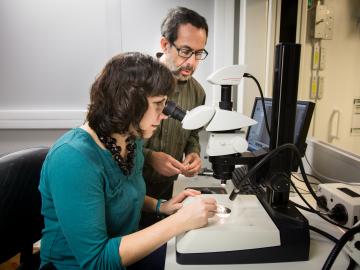
Scientific discovery can come from anywhere, but few researchers can say the answers to their questions would come from the pea-sized bones in the head of a six-foot-long, 200-pound prehistoric freshwater fish.
In a unique pairing of biology and neutron science, researchers from...

Scientists are only beginning to understand the laws that govern the atomic world. Before the 1950s the electrons, neutrons, and protons comprising atoms were the smallest confirmed units of matter.
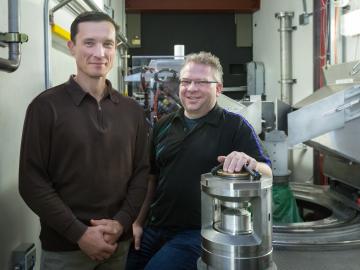
Unexpected results from a neutron scattering experiment at the Department of Energy’s Oak Ridge National Laboratory could open a new pathway for the synthesis of novel materials and also help explain the formation of complex organic structures observed in interstellar space.
I...
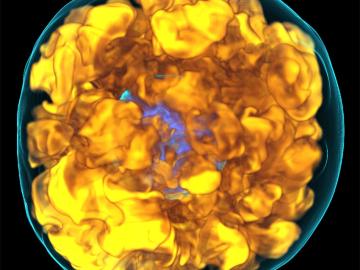
The U.S. Department of Energy’s Office of Science announced 55 projects with high potential for accelerating discovery through its Innovative and Novel Computational Impact on Theory and Experiment (INCITE) program. These awards allocate the multi-petascale computing resources at Argonne and Oak Ridge National Laboratories, two of America’s most powerful supercomputers dedicated to open science.
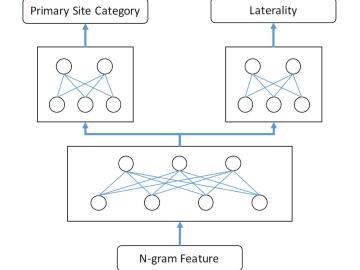
Despite steady progress in detection and treatment in recent decades, cancer remains the second leading cause of death in the United States, cutting short the lives of approximately 500,000 people each year.
To better understand and combat this disease, medical researcher...
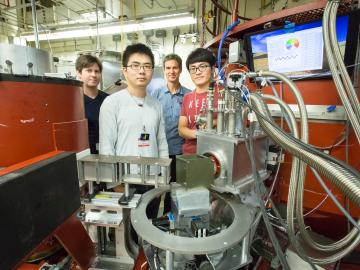
For the first time since 2011, scientific users of Oak Ridge National Laboratory’s High Flux Isotope Reactor were able to take advantage of a seventh cycle, allowing for 25 extra days of neutron production and available time for new experiments on HFIR’s 12 beam lines in fiscal ye...
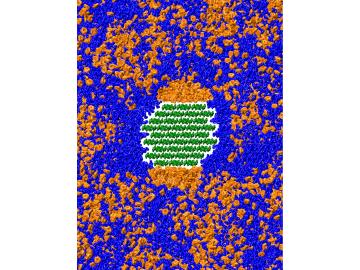
Lignocellulosic biomass—plant matter such as cornstalks, straw, and woody plants—is a sustainable source for production of bio-based fuels and chemicals.
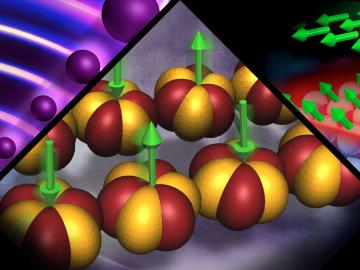
The theories recognized with this year’s Nobel Prize in Physics underpin research ongoing at the Department of Energy’s Oak Ridge National Laboratory, where scientists are using neutrons as a probe to seek new materials with extraordinary properties for applications such as next-generation electronics, superconductors, and quantum computing.
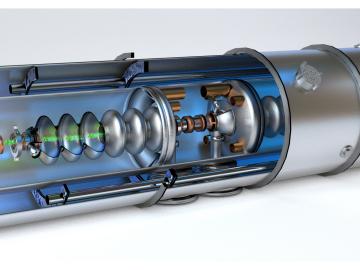
The first of its kind superconducting linear particle accelerator (LINAC) built for the Spallation Neutron Source (SNS) at the Department of Energy’s Oak Ridge National Laboratory is now celebrating 10 years of successful operations.
The world-leading machine, which took 7 years...
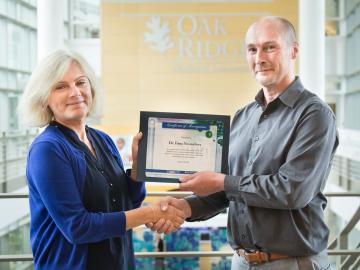
In August, the High Flux Isotope Reactor and the Spallation Neutron Source—both U.S. Department of Energy Office of Science User Facilities at DOE’s Oak Ridge National Laboratory—reached a milestone with the arrival of Irina Nesmelova, the facilities’ 20,000th user.
“We ...




